Combatting the Silence of Sexual Violence
Uncovering the Blind Spots of Fear Versus Love
Love is one of the greatest forces on earth. For young people, it can feel as though a great paradise has been found when new love offers its first gifts. Many of us remember our own first experiences of love; that float-on-air sense that everything in life has taken on a new shine just because of the way we feel.
Of course, as with all things, love has the ability to harden into its opposite: fear. With fear comes the need for power and control, forces that extinguish the warm gifts of love.
While we all want our young people to experience more love than fear, we are in a time where the evidence of love is harder to find, while the evidence of power and control feel omnipresent. In order to facilitate love’s access point, we have to explore the shadows where power and control exist.
Sexual violence is one example. There are stories that have never been told, scars that have never healed. Even those engaged in the hard work of recovery have to address the stuck points in their thinking. The “If only I had not…” statements that are a haunting and inextricable block to healing, and that require monumental effort to work through.
During Teen Dating Violence Awareness Month, we have an opportunity to take a closer look at the aspects of sexual trauma that exist in shadow, forming stuck points and blind spots in our thinking. Blind spots allow certain church groups to over-simplify their response to the problem (Just don’t have sex!), politicians to give lip service, and social media companies to ignore the role they play. Meanwhile, the average parent may simply pray that such unfortunate atrocities never befall their child.
And yet…sexual violence is the fastest growing problem affecting our youth, with higher assault rates than ever before, coupled with a rise in mental health challenges adversely affecting girls more than boys. We can no longer separate the issues into neat compartments of social problems that don’t intersect, because they intersect every day for many American teens.
According to the National Sexual Violence Resource Center:
“One in three female victims of completed or attempted rape experienced it for the first time between the ages of eleven and seventeen. About one in four male victims of completed or attempted rape first experienced it between the ages of eleven and seventeen. About half (51%) of female victims of rape reported being raped by an intimate partner.”
As we try and educate youth around safe dating practices, it’s important to remember things like internalized sexism, victim blame/shame, and the legacy of silence we’ve inherited. When we don’t talk about something, it becomes that much more fear-infused. With the rise of conservatism in America, we are less likely to have the kind of bold conversations that would best protect our youth.
Here are a few of the primary blind spots affecting young people of all genders, along with corresponding statements from the National Library of Medicine (NLM):
1) Abstinence Education
NLM: “The federal government invests over 175 million dollars annually in ‘abstinence-only-until-marriage’ programs… Federal support of abstinence-only as an approach to adolescent sexuality education is of much concern due to medical inaccuracies, lack of effectiveness, and the withholding and distorting of health information.”
2) Internalized Patriarchy
NLM: “At the societal level, feminist theory and research have long emphasized the etiological relationship between gender inequality and patriarchal beliefs and violence against women, positing that these beliefs reinforce the dominant position and power men hold over women and perpetuate male aggression toward women.”
3) Victim-blame and Shame
NLM: “Rape survivors who speak out about their assault experiences are often punished for doing so when they are subjected to negative reactions from support providers. These negative reactions may thereby serve a silencing function, leading some rape survivors to stop talking about their experiences to anyone at all.”
Equal to the devastating impact of sexual trauma, young people are being denied the opportunity to build the kind of trusting relationships they deserve, relationships that when based on love not fear, set them up for greater success in life.
In our courses, we have frank conversations aimed at enlisting the natural concern young people have for their own well-being and the well-being of their friends. As a result, we share with students some of the realities of sexual violence, both as a way of building compassion and to normalize a language for exploring their own personal safety. We respect that teens are given an excess of unhealthy information about sex, and we seek to offset it by providing:
Accurate psychosexual information
Evidence-based behavioral/relational tools
Emotional intelligence exercises aimed at building confidence and self-knowledge
It’s up to all of us to work together to address our blind spots and equip teens with the knowledge that sets them up for success. If you represent a school or youth organization interested in partnering with us, let’s get connected! Our courses have proven to lower sexual misconduct school-wide, and we pride ourselves in customizing the BSBW curriculum to every partner organization we work with.
Here is how to find us: Contact Us

